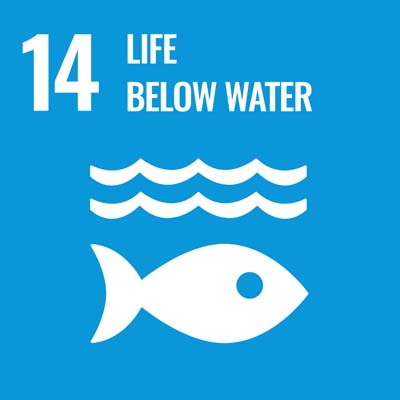- DatesJanuary-July 2021
- SponsorEPSRC/HEIF
- PartnersReef Conservation, Habitats Edge
The oil slick has impacted over 30km of coastline so far. Initial operations focused on shipwreck removal, recovery of oil and shore clean-up activities. The affected area represents a key environmental and economic hub for Mauritius, comprising a marine park, two marine reserves and an internationally protected wetland at Pointe d’Esny. As one of the largest remaining wetlands of Mauritius and home to endemic critically endangered plant species, the mangrove ecosystem was designated a Ramsar site in 2011.
Since this is the first oil spill affecting the island of Mauritius, the Government declared a State of Environmental Emergency on 7 August and appealed to the international community for urgent aid. The UN, the ITOPF and the Commonwealth Secretariat are providing access to experts. To assist with pollution containment and coral reef protection, the UK has sent experts via Cephas (Premiam) who are working with staff either on the ground (e.g. from Japan, France and India) or providing remote assistance (e.g. from Australia and Canada). A clear need has been identified for an expert team to provide guidance on coordinating remote sensing strategies that enable the robust and integrated assessment of the oil spill environmental impact and recovery. This project will devise systems engineering approaches to (i) design a programme for the robust assessment of the recovery of impacted areas, including coral reefs and mangroves, and (ii) collect environmentally relevant and time-sensitive remote sensing data to enable monitoring of the mangrove ecosystem response.


